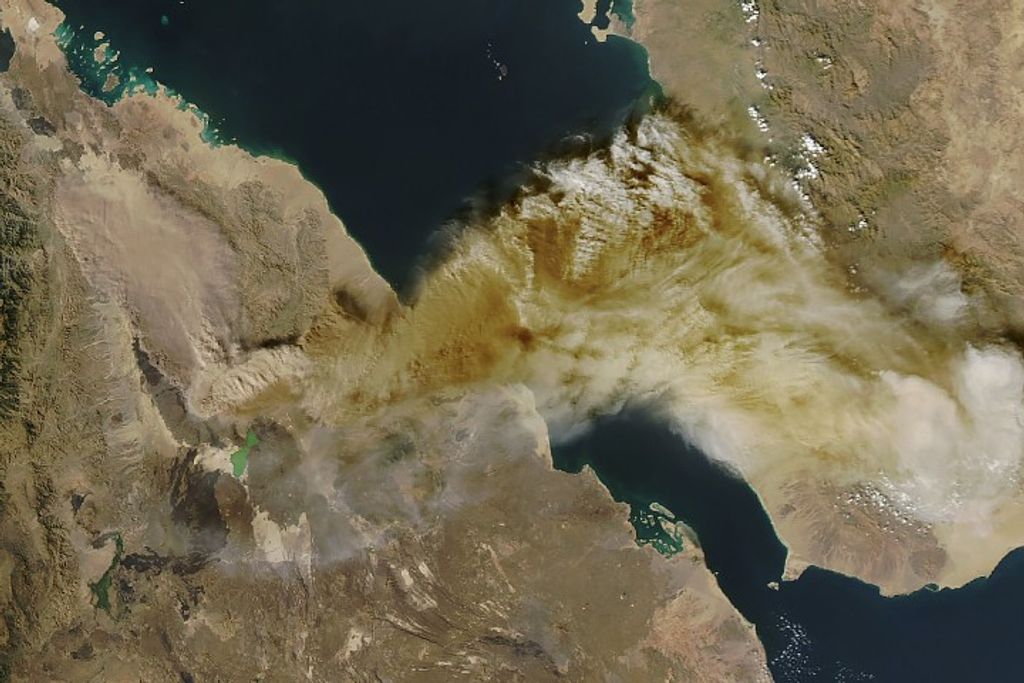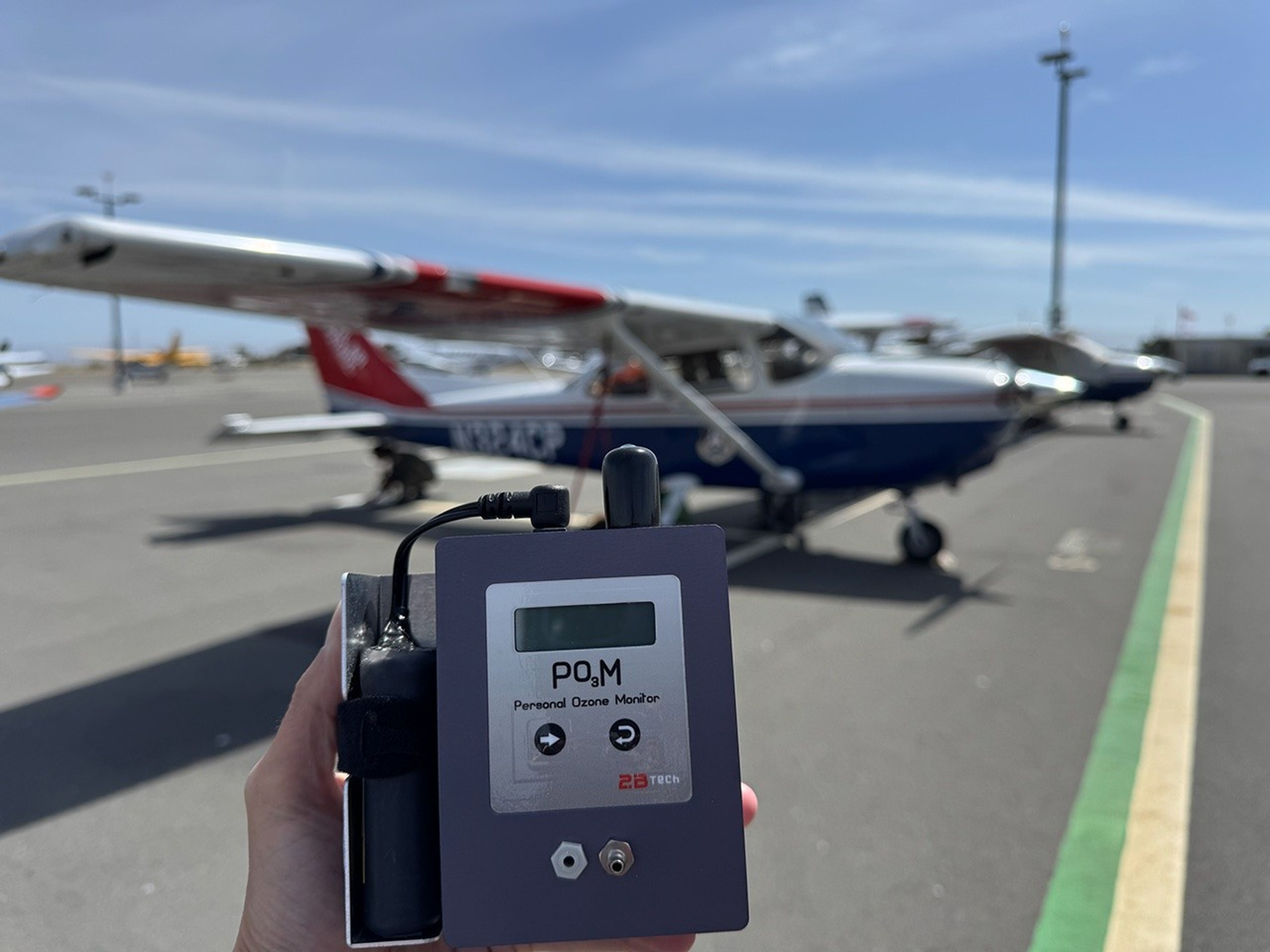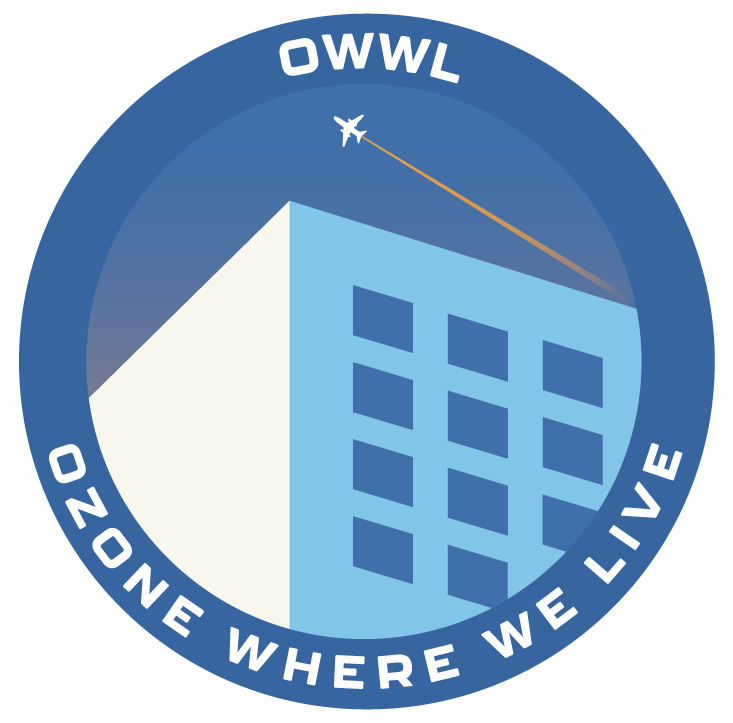Ozone Where We Live (OWWL)
California’s San Joaquin Valley, home to more than four million people, has some of the most polluted air in the United States. The Ozone Where We Live (OWWL) project partners with the Central California Asthma Collaborative (CCAC), the Civil Air Patrol, the Root Access Hackerspace of Fresno, and San Joaquin valley residents to measure this pollution. Participants deploy and use low-cost ground- and air-based sensors. The project shares data with residents via the CCAC SJVAir online map and helps scientists predict pollution events for the community. The OWWL team will compare their data to data from NASA’s Tropospheric Emissions: Monitoring of Pollution (TEMPO) satellite.
Are you a middle or high school teacher in the area? Sign up to host a ground station with your students!
Are you a pilot? Sign up to deploy a hand-held sensor during your flights over the area.
project task
Collecting data with special equipment
launched
2025
where
San Joaquin Valley, CA, Outside
launched
2025
What you’ll do
- Pilots: Sign up for a training, deploy one of our 1-lb hand-held sensors during your flight, and submit the data collected during your flights.
- Ground station hosts: Sign up for a training; install a sensor on your property or, with permission, a nearby library or school. Stand by to deal with occasional maintenance.
- Everyone: Join free educational events to learn more about ozone, data, and air quality.
Requirements
- Time: <1 hour for initial training; 30-minutes to set up a ground station; pre-flight, 2 minutes to set up handheld device. Post flight, connect sensor battery to a charger (and leave to charge) and email the data (5 mins).
- Equipment: Air: access to an aircraft (yours or one you use). Ground: secure open air location & power outlet.
- Knowledge: None. Project trainings will provide all the information required.
Get started!
- Visit the project website.
- Send an email with the subject line, “I want to volunteer with OWWL” to emma.l.yates@nasa.gov. You will receive a reply in 2-3 business days with additional information and next steps.
Learn More
Visit the project website to learn about the formation of smog, the goals of the OWWL project, and how the project scientists will use data collected and contributed by volunteers.
All collected project data will be available to the public via the San Jose Valley Air (SJAir) website and mobile app. The website and app are run by one of the OWWL project’s partners, the Central California Asthma Collaborative.
Get to know the people of OWWL!
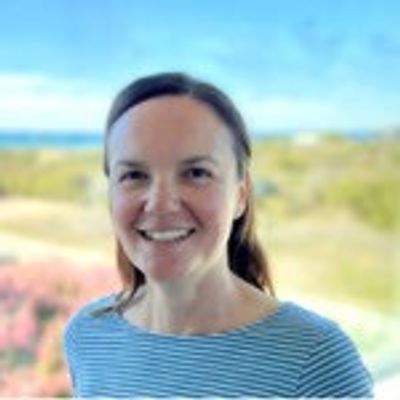
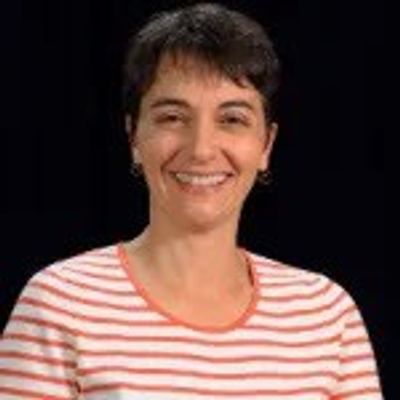


Matthew Johnson
Co-Investigator, Research Scientist (air quality monitoring and NASA TEMPO science team member)










